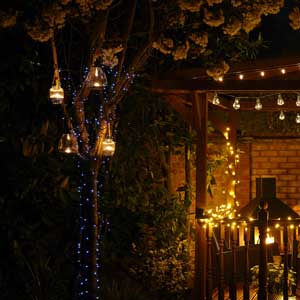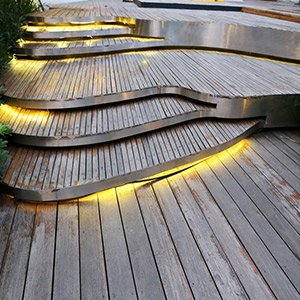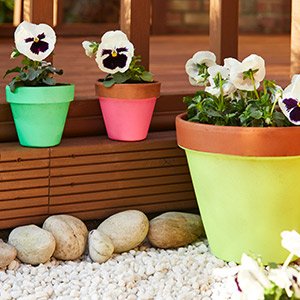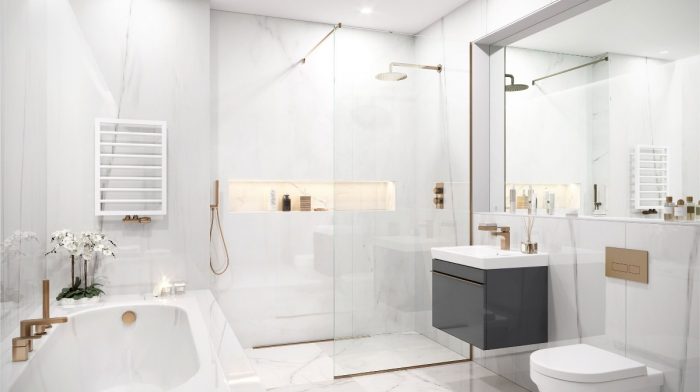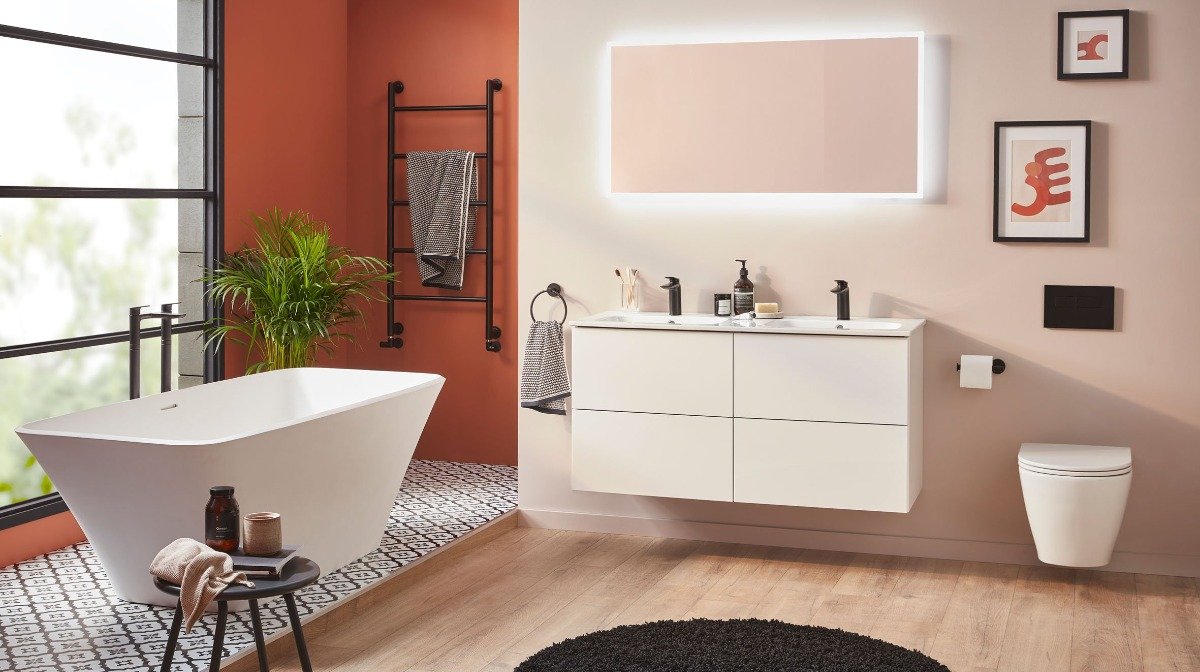When you’re having a great time in your garden, there’s no need to head indoors just because the sun’s gone down. With simple additions like LED garden lights to illuminate your entertaining space and a fire pit to keep the chill off, you can linger long into the evening, watching the stars come out. From advice on the best outdoor lighting to beautiful plants that reflect the moonlight, we have everything you need to make the most of your garden at night.

With technology and screens dominating our daily lives, it’s become even more important to get out in the fresh air and enjoy a peaceful, natural environment. In recent years our gardens have become an extension of our homes, as families embrace the great outdoors to provide additional socialising, play and relaxation space. Well-considered lighting is a key component to make sure you can enjoy summer nights outside as much as possible.
It’s well worth planning your outdoor lighting with three outcomes in mind. Firstly, provide enough ambient light to illuminate seating areas and make surfaces and steps safe to navigate. Use accent lighting to highlight features and create interest, and task lights for specific uses such as lighting the cooking area around a barbecue. You’ll need more light where socialising takes place, but contrasting light and shade throughout the garden is the key to an interesting outdoor lighting scheme. The fun of being outdoors at night relies on creating the right atmosphere, easily achieved with a combination of ambient, accent and task lights, as well as glowing candlelight.
1. Lighting decks, terraces & patios
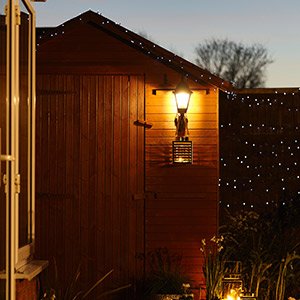
The decking and patio areas are generally the main focus points in a garden and where most of the action takes place. Use mini recessed deck lights to zone different areas and indicate where changes of surface occur. Install up and downlighters on walls and fences, to increase overall light levels in the seating area. Create accent light by uplighting vertical surfaces, particularly textural surfaces. Finally, install LED rope lights under overhangs of steps and benches to produce a soft, ‘floating’ effect.




